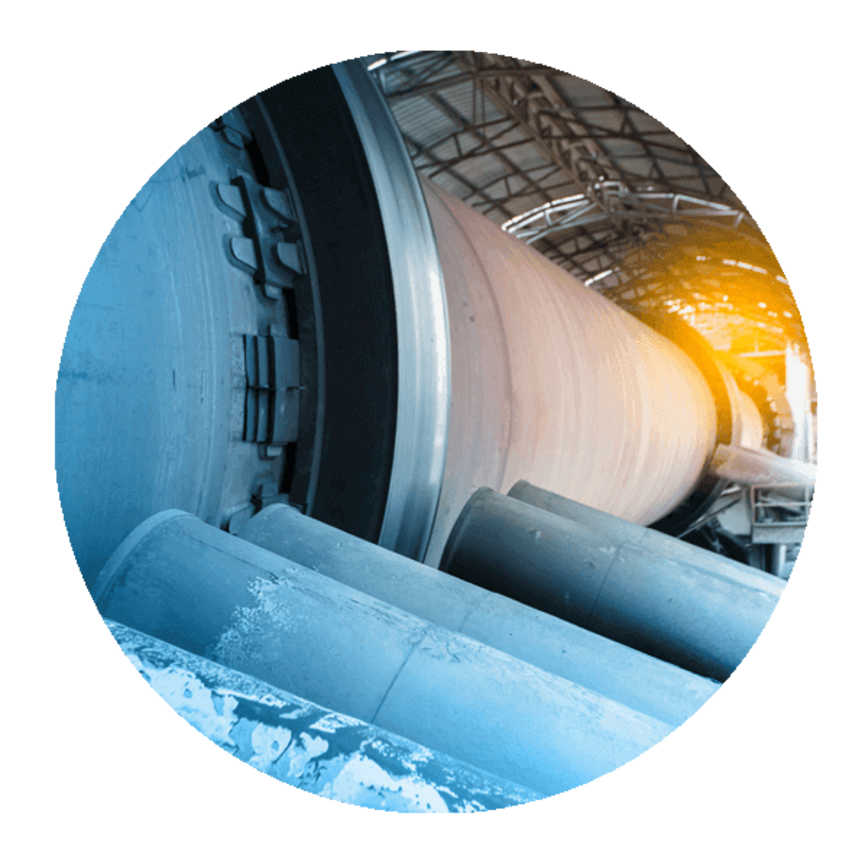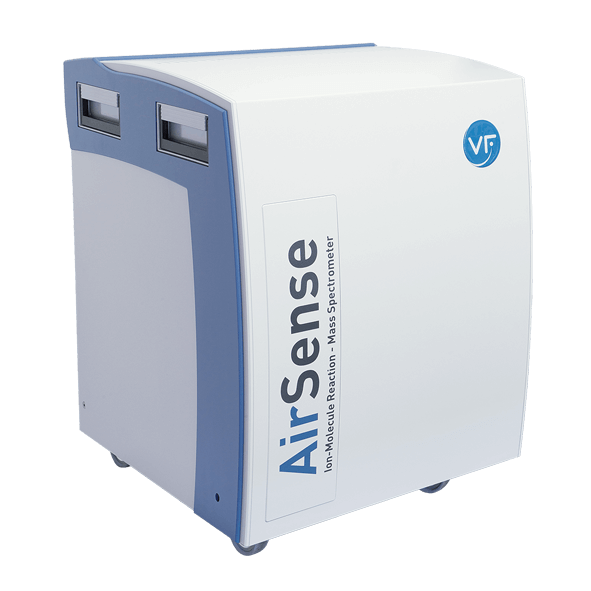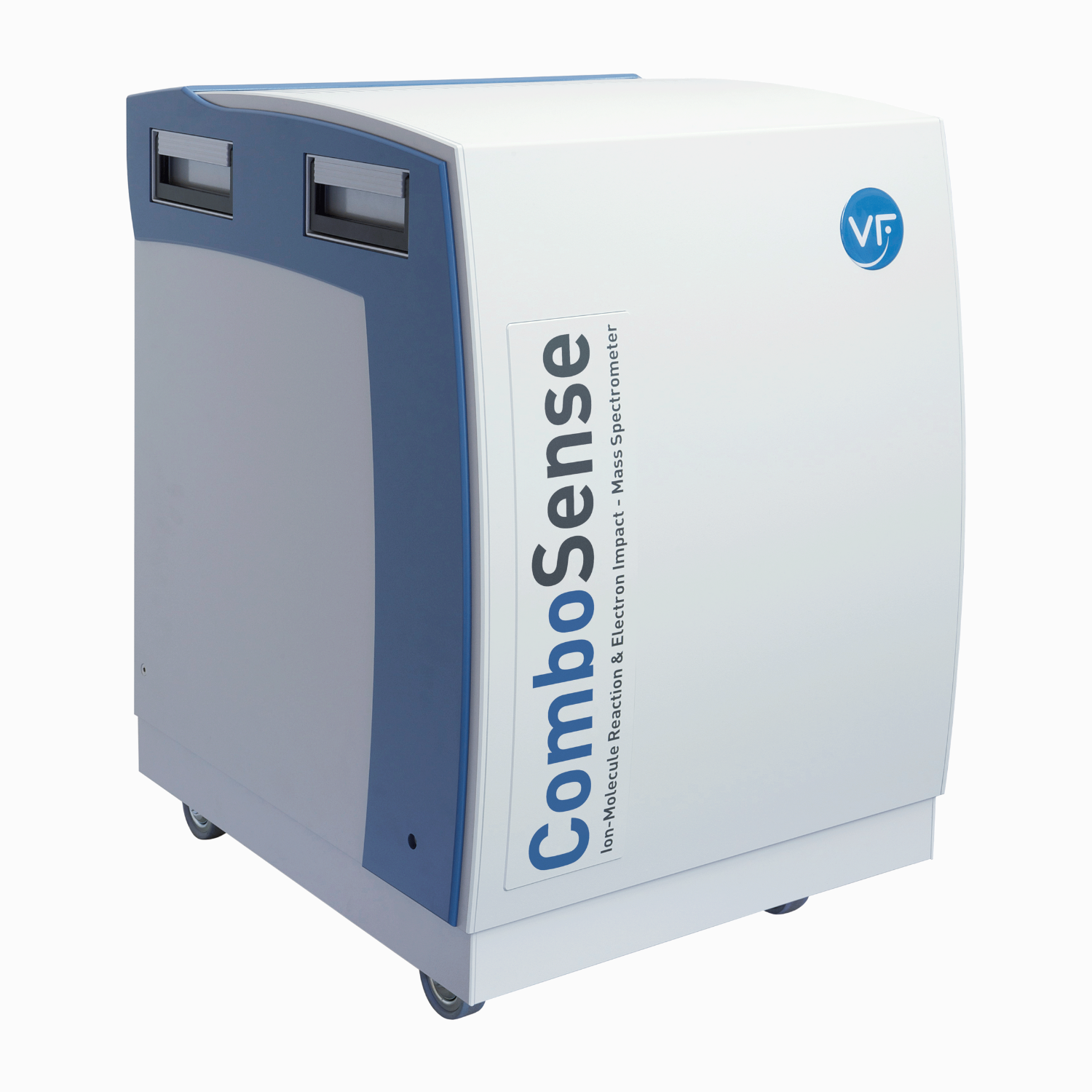During the cracking process of the raw materials used in cement production (e.g. limestone, lime marl, clay), organic compounds are emitted in the cement kiln and represent a major source of emissions. The addition of further alternative raw materials can lead to higher concentrations of undesirable gaseous substances such as benzene and hazardous compounds. A reliable analytical method is needed to measure the emission in relation to the composition of the fuel.
Background
Solution
A laboratory test can be designed that allows the variation of raw material and cracking conditions. The resulting gas mixture can be measured by ejecting it over nitrogen and then measuring it using a V&F Ion Molecular Reaction Mass Spectrometer (IMR-MS). A range of organic volatiles, including benzene, and molecules with similar environmental and health risk potential can be measured simultaneously. Due to their high sensitivity up to billionths concentrations, even small changes in the gas mixture can be listed immediately.

Advantage
V&F mass spectrometers are very compact and versatile systems that can be used in a laboratory environment, in mobile measurement stations, or at a fixed location near the emission site, such as the kiln. The real-time measurement capability facilitates interventions and changes in the cement manufacturing process to minimize unwanted emissions.
Reference clients (excerpt)










